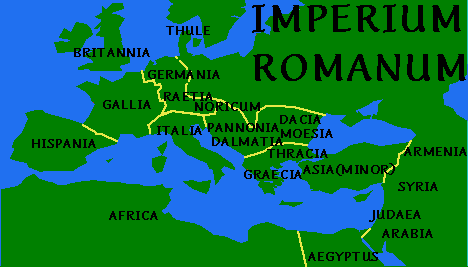



Throughout history, different cultures have held very different views about the concept of death and how one deals with it. As time goes on, these views continually change, as do methods for treating bodies of the deceased. During the first and second centuries AD, cremation was the most common burial practice in the Roman empire. Ultimately inhumation would replace cremation; a variety of factors, including the rise of Christianity among Romans and changes in attitudes to the afterlife, would contribute to this marked shift in popular burial practices. The objects displayed here pre-date that shift, having been recovered from a first or second century cremation burial in Puteoli (modern day Pozzuoli), the ancient harbor city of Rome.**
**Please note: this "assemblage" was created solely for educational purposes. While the cremation urn KM 2903 and its contents may reflect an actual burial (it was purchased in the 1920's in Puteoli, Italy), the other objects in this "assemblage" (inscription, columbarium, and melted glass) do not come from the same archaeological context. A full explanation of this class project is found on the introductory page for this website.